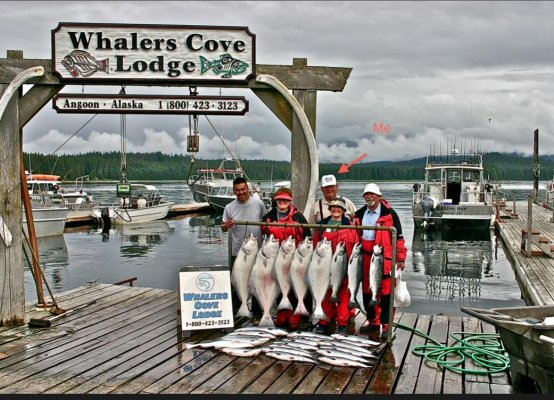Fred:
We have had this debate before on the merits of overproping. Let's do it again but with facts rather than opinions. Take a look at the Cummins spec sheet for the 6BT 210 hp engine at:
http://www.sbmar.com/Engines/PDF/6BT/6BT%20210%20Power%20Curve-%20Nov%2000.pdf
This is an engine used in some of our trawlers and is a real workhorse. The spec sheet is one of the few that has fuel consumption curves for both wot loads and prop loads which makes it easy to compare the two.
So look at the prop curve and you will see that 100 hp is produced at a bit more than 2,000 rpm and it takes about 6 gph or 16.7 hp per gph. That is the place many trawler owners would operate at fast semi displacement speed, say a GB 36 at 8+ kts.
Now overprop the same boat and engine severely so that the 100 hp is produced at about 1,200 rpm which is on the wot output curve. The fuel consumption is about 7 gph.
Now these are extremes and no one should think about overpropping that much, as you will quickly ruin the engine. And I have no doubt that overpropping a little will actually result in fuel consumption below 6 gph. But not by much- maybe to 18 hp per gph or about 5.5 gph.
So I think that a 10% fuel consumption improvement is all you are ever going to see by overpropping. In my mind that just isn't worth the risk of overloading your engine if you ever push the throttles forward.
David

 Further, a surveyor worth his salt will not approve an engine/prop setup that cannot achive rated RPM.
Further, a surveyor worth his salt will not approve an engine/prop setup that cannot achive rated RPM.
